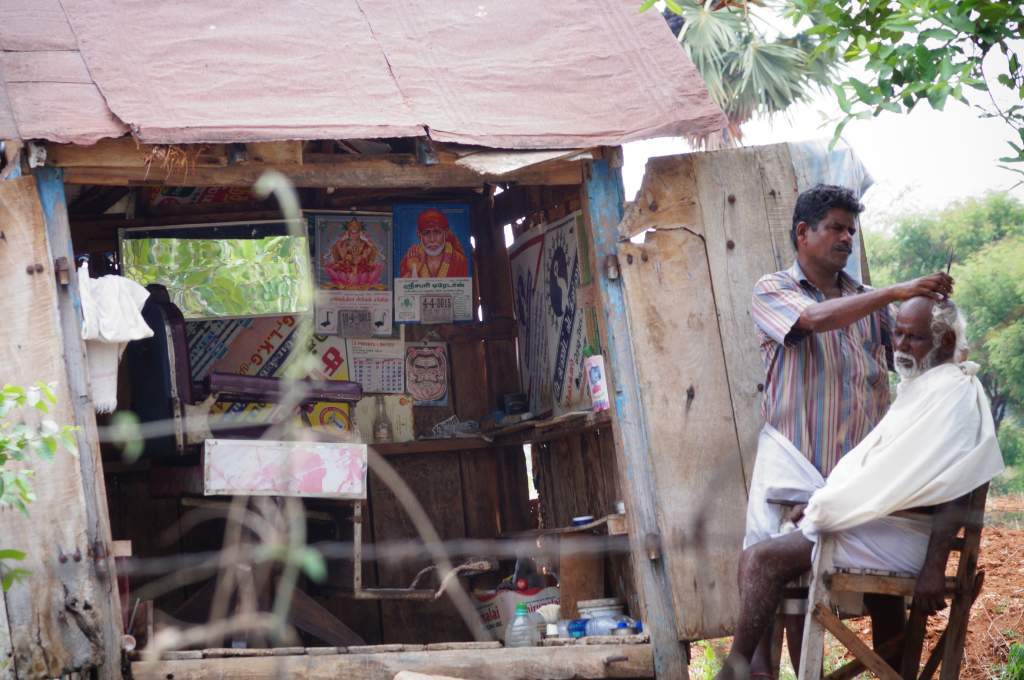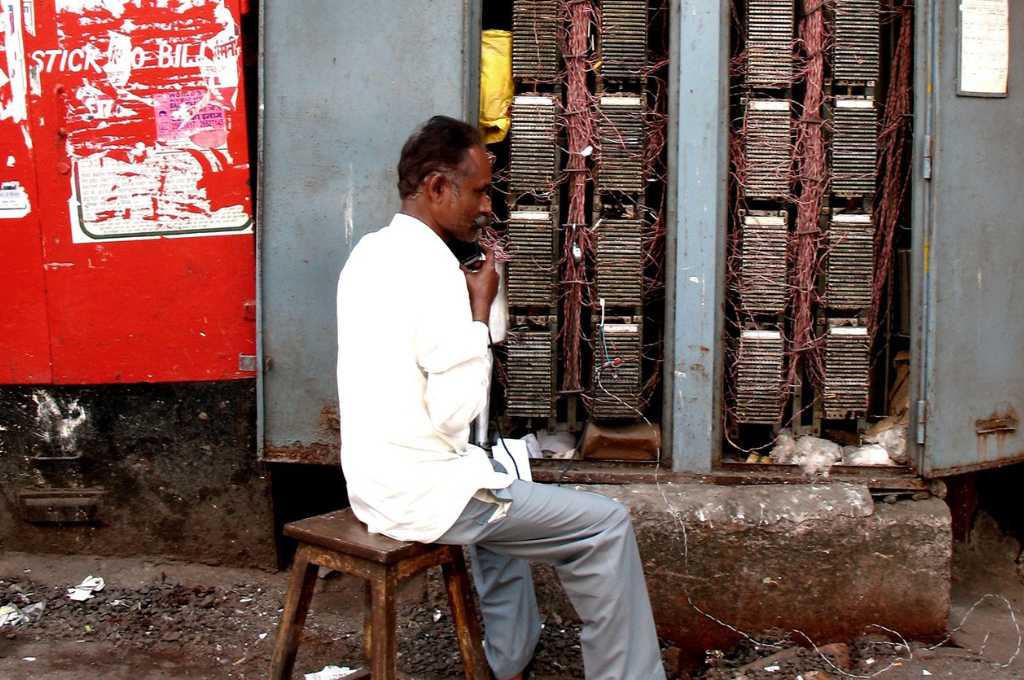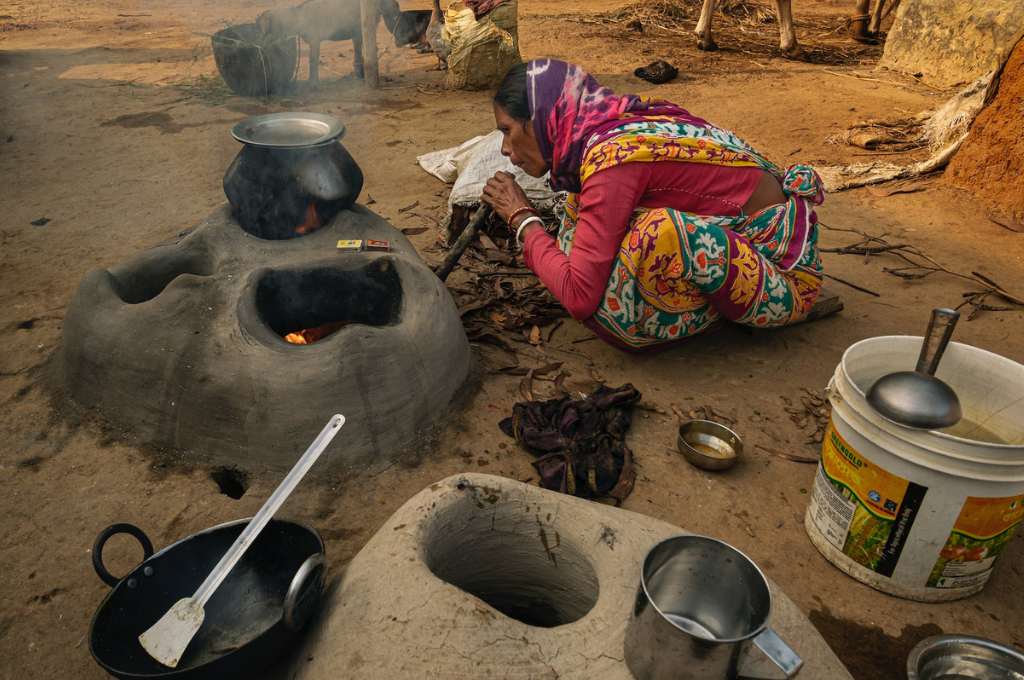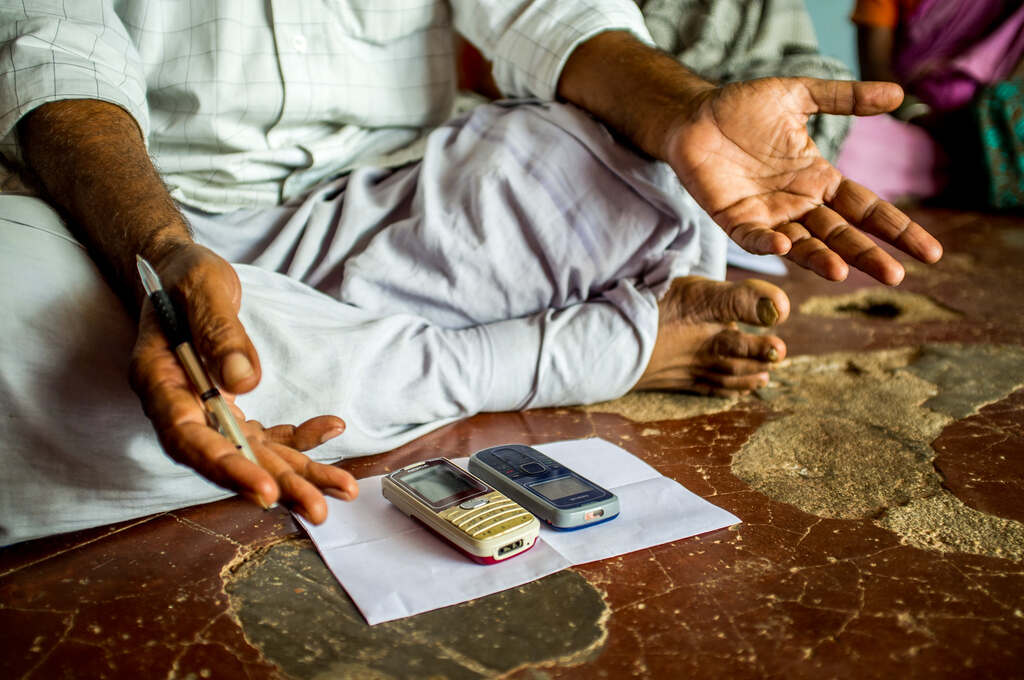There are at least five estimates of the number of poor people in India, which put the number of poor in India between 34 million–equivalent to the population of Kerala–to 373 million–more than four times the population of West Bengal. This puts the number of the poor between 2.5% of the population to 29.5%, based on different estimates between 2014 and 2022.
Economists have arrived at these estimates through various means, including projections of past data to private sources. One estimate is based on an entirely different threshold for poverty, while another uses unemployment data.
Officially, there has been no update to India’s poverty estimates since 2011, when there were about 269 million poor people in India (21.9% of the population), which was equivalent to 2.5 times the population of Bihar at that time. These estimates are based on data from the Household Consumption Expenditure Surveys, typically carried out every five years. But India is missing two rounds of data.
Poverty numbers are important for gauging the economic progress of a country, and the government also needs these numbers to estimate the number of beneficiaries of schemes, such as the Public Distribution System for food, meant for poverty alleviation.
The official poverty line
Officially, a person who lives on a monthly expenditure of Rs 1,000 or less in cities and Rs 816 or less in villages, at 2011-12 prices is poor, per the poverty line determined by an Expert Group (Tendulkar) in that year. This is the threshold used to determine poverty status in India. Those who live on or below the poverty line can avail of subsidised rations (up to 35 kg for the poorest households) under the National Food Security Act, subsidised loans for construction of housing under the Pradhan Mantri Awas Yojana (Prime Minister’s housing scheme), Skill Training for Employment Promotion among Urban Poor (STEP-UP), etc.
Even people who live above the poverty line, especially those in urban areas, lack access to basic facilities.
Madhura Swaminathan, a professor at the Indian Statistical Institute in Kolkata, had criticised the poverty threshold at that time, for using a lower consumption of calories than required for a healthy diet, and considering very little expenditure on health and education. Even people who live above the poverty line, especially those in urban areas, lack access to basic facilities like housing, health and education, as IndiaSpend reported in 2022.
The Rangarajan Committee, appointed by the United Progressive Alliance-II government, in 2014 suggested a different poverty threshold, using higher expenditures, and estimated the poor at slightly higher than the 2011 official estimate. But the findings of the committee were not accepted by the government, and the official poverty line continues to be based on the 2011 numbers.
The poverty lines set by both expert groups are based on the expenditure required to purchase a minimum standard of living and includes the expenditure on health, education and housing. The source of consumption data are consumption surveys by the National Statistical Organisation from 2011-12.

Other estimates of poverty in India
Given the lack of recent consumption surveys, poverty estimates have tried using different methodologies on either public or private data.
Estimates of the number of poor people after the 2014 Rangarajan report are based on adjustments to existing data to bring them on par with the NSO data.
Surjit Bhalla, executive director for India at the International Monetary Fund, along with economist Karan Bhasin and Arvind Virmani, a member of the NITI Aayog, used the World Bank’s poverty line of $3.2 as the threshold and growth in expenditure from the National Accounts Statistics to project consumption. They found that poverty had decreased considerably after 2014: Only 2.5% of the population were living on $1.9 a day, the threshold for “extreme poverty”. The authors however suggest that the poverty line be raised to $3.2 a day, and estimate that 26.5% of Indians live below this new poverty line.
As the authors note in the paper, this “is the first paper (at least known to us) to measure the direct explicit effect of in kind-transfers and subsidies on poverty in India”. When they consider the effects of subsidies and in-kind transfers, they estimate that only 0.9% of Indians were extremely poor (living on less than $1.9 per day) and 18.2% were poor (living on $3.2 per day) in 2020.
They estimate that only 2.5% of Indian people were poor (without the effects of food transfer), going by food expenditures recorded from over a week to a year. This is called the “recall period”.
A significant difference between the estimates put forth by the researchers is the use of different “recall periods” or the duration of time over which the survey respondents are asked to list their expenditures. The NSO switched to the mixed recall period or reference period from 1999-2000, meaning that expenses on high-frequency purchases like food are captured over a period of 30 days and those on durables like clothing are captured over the preceding year. On the other hand, the CPHS data are based on the uniform recall period under which all expenditures are recorded over a period of 30 days. A third method, used to estimate both the Rangarajan poverty line and that used by Bhalla, Bhasin and Virmani, considers three different recall periods: a seven-day recall period for some food items, 30-day recall for some items such as rent and utilities, and 365-day recall for other items, such as clothing and shoes.
The methodology used to “forecast (or nowcast)” (sic) poverty, wrote Bhalla, Bhasin and Virmani, is useful in the absence of high-frequency data. However, the absence of data cannot be overcome by just methodology, according to Amaresh Dubey, an economist and senior consultant at the independent economic policy research institute, National Council of Applied Economic Research (NCAER) in New Delhi. “In fact, we say that methodology is no substitute for the data.”
Researchers at OP Jindal and UNU-Wider university show that poverty rose during the pandemic.
The Centre for Monitoring Indian Economy, which is an independent think-tank that gathers data related to the Indian economy, conducts its own consumption surveys called the Consumer Pyramids Household Survey (CPHS). Some researchers have used this dataset to estimate poverty. But Jean Dreze and Anmol Somanchi have criticised these data for not being representative of poor households, and researchers have used different techniques to make these estimates more comparable to data from the NSO surveys. In response, Mahesh Vyas, the Managing Director and CEO of CMIE, wrote that the CPHS data have practical limitations but are not biased towards the rich.
For instance, World Bank economists Sutirtha Sinha Roy and Roy van der Weide, adjust the CMIE consumption data to bring it closer to the NSO consumption data in their 2022 paper. They found that the number of people living below the World Bank poverty line fell in 2022, reducing to 145.71 million or 10.2% of the population.
Using the same private data source of CPHS, researchers at OP Jindal and UNU-Wider university show that poverty rose during the pandemic (because of the decline in income) and fell to 4.7% in rural areas and 0.45% in urban areas after the second wave. Their results also confirm that the number of poor people in India in 2022 is less than that in 2011. The difference between their results and those of the World Bank economists is because the latter used different weights for the consumption of poor households to make the results comparable with the traditional poverty estimates based on the NSO data.
The most recent exercise in poverty estimation was by Columbia University economist Arvind Panagariya and Vishal More, an economist and financial researcher with Intelink Advisors in New Delhi, using consumption data gathered as part of the Periodic Labour Force Survey (PLFS). They found that the number of people below the Tendulkar poverty line fell in 2020-21 and was at 26.9%.
“PLFS data may not be appropriate for estimating poverty,” said P.C. Mohanan, former chief of the National Statistical Commission.
IndiaSpend reached out to the writers of all papers for their comments. This story will be updated when they respond.
Why do we need these data
The consumption expenditure survey for 2022-23 is complete but the results will be released along with the results of the 2023-24 round to make them more credible, according to Mohanan.
In December 2022, we had reported how India is missing key poverty and consumption estimates, and why these data are needed frequently and should be of good quality.
For instance, the data on poverty indicate how many people live above and below the poverty line. But this number changes as people can become richer and move above the poverty line or, become poorer and move below the poverty line.
“Success of poverty eradication initiatives depend on equitable distribution of economic growth, as 87% of poverty reduction has been due to growth. However, those who do not participate in the growth process directly, need to be helped through poverty alleviation programmes,” said Dubey.
Without these data, the respective ministries cannot update the list of beneficiaries for poverty alleviation schemes.
Based on new poverty estimates, India needs to update the list of beneficiaries eligible for food subsidies; using old data could be missing nearly 100 million who need food rations, as we reported in April 2020. Similarly, outdated data from the 2011 census are being used to target beneficiaries for welfare schemes meant for Scheduled Castes, Scheduled Tribes, etc., we reported in June 2022.
IndiaSpend wrote to the Ministry of Statistics and Programme Implementation for their comment on the release of the consumption expenditure survey. This story will be updated when they respond.
This article was originally published on IndiaSpend.






